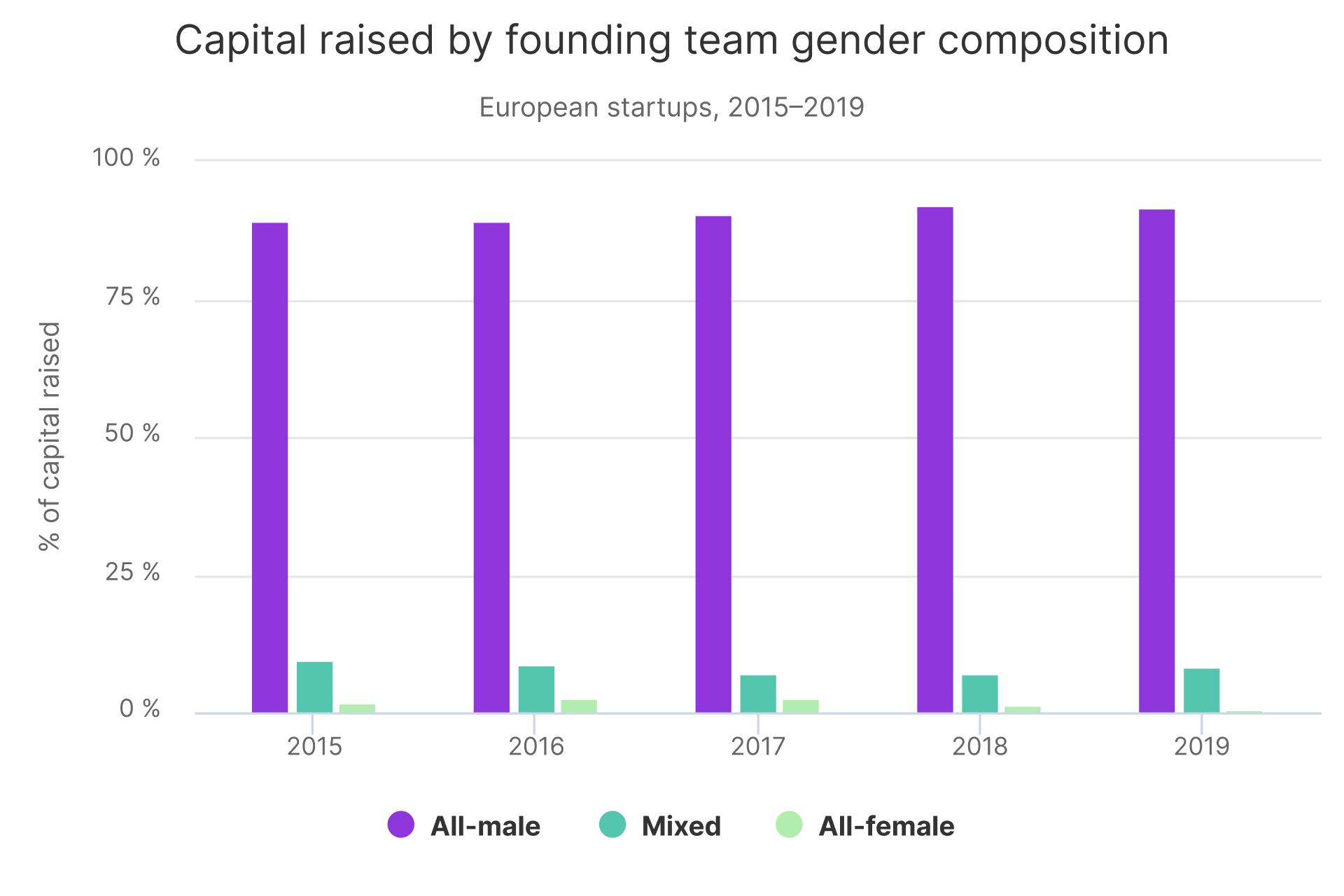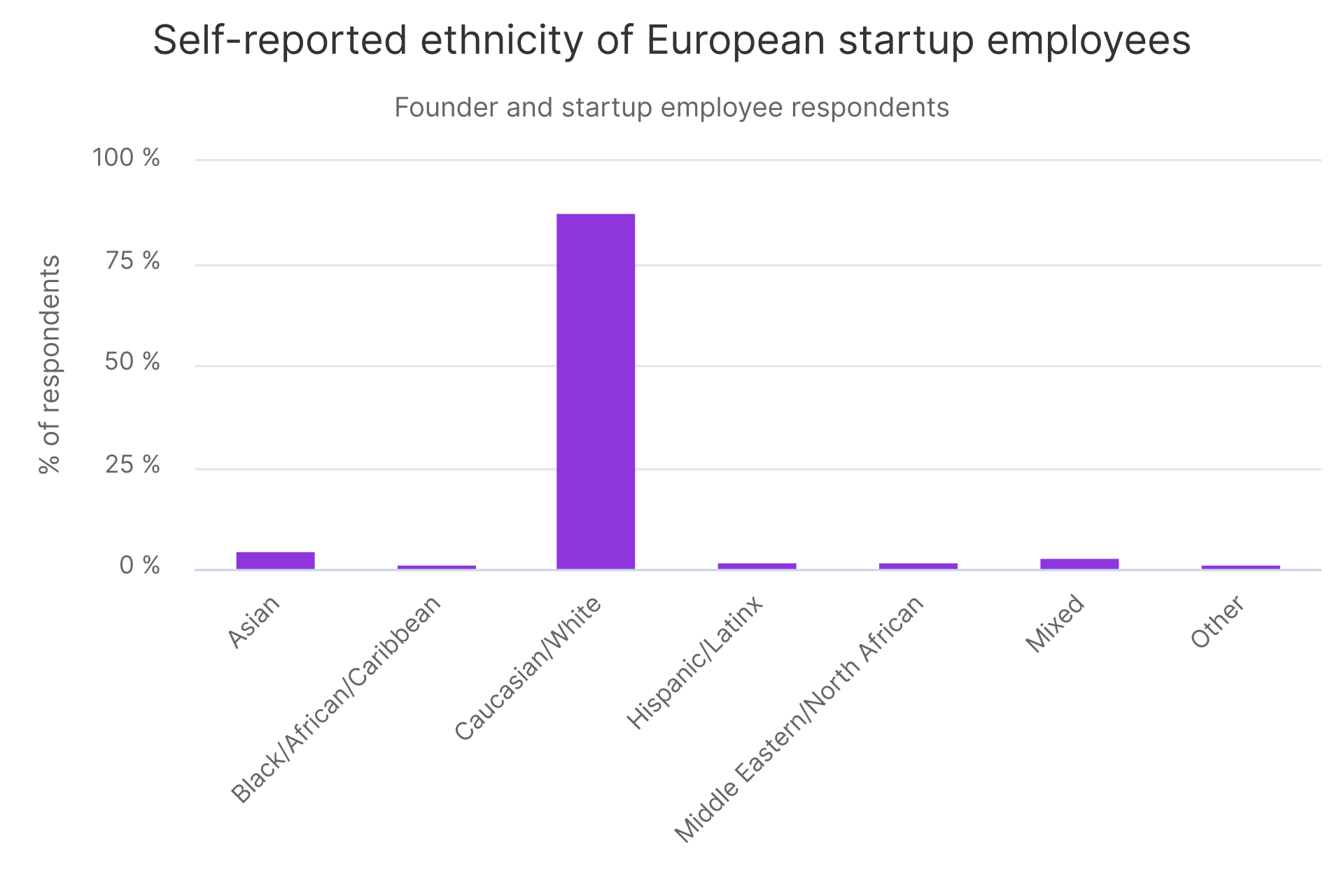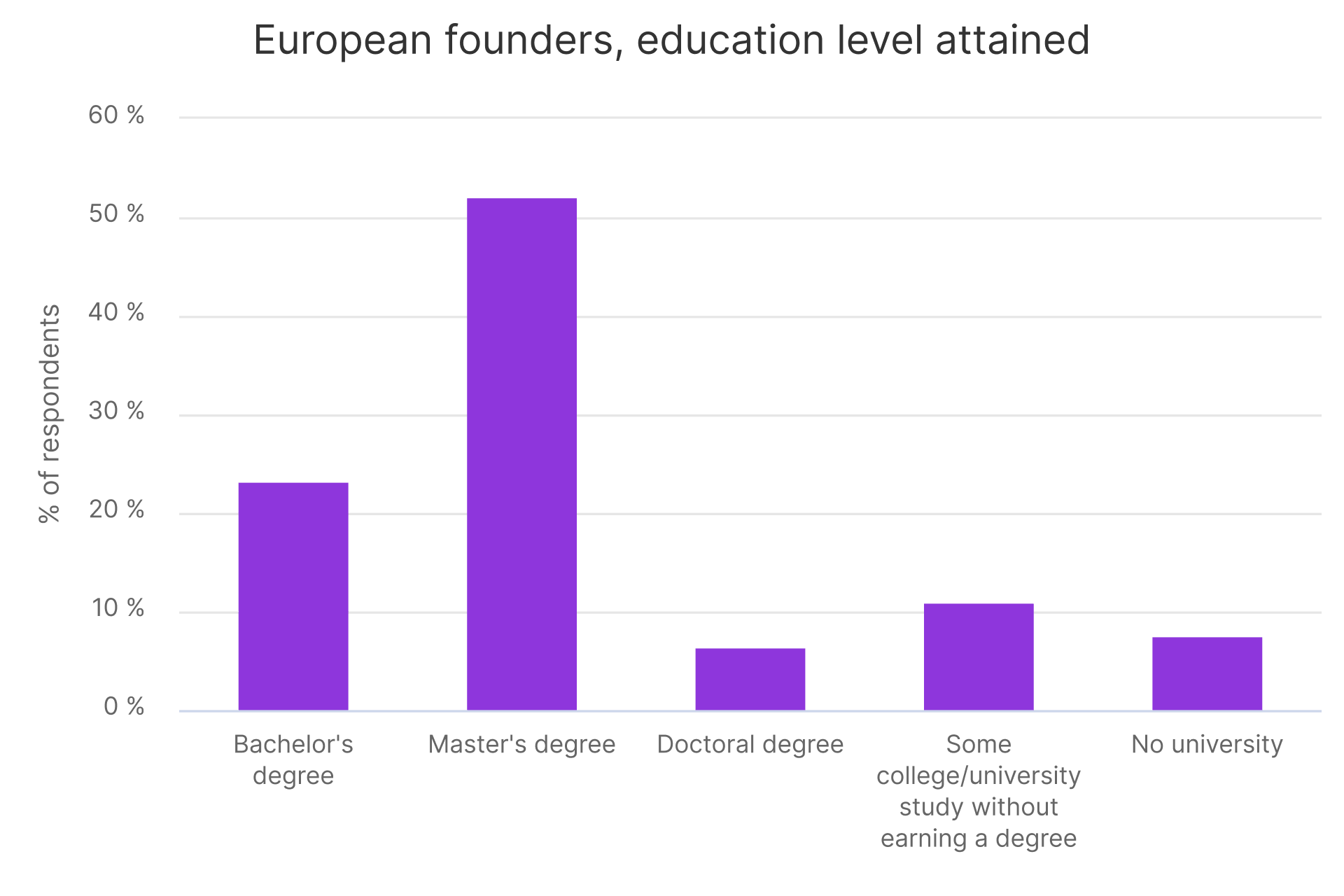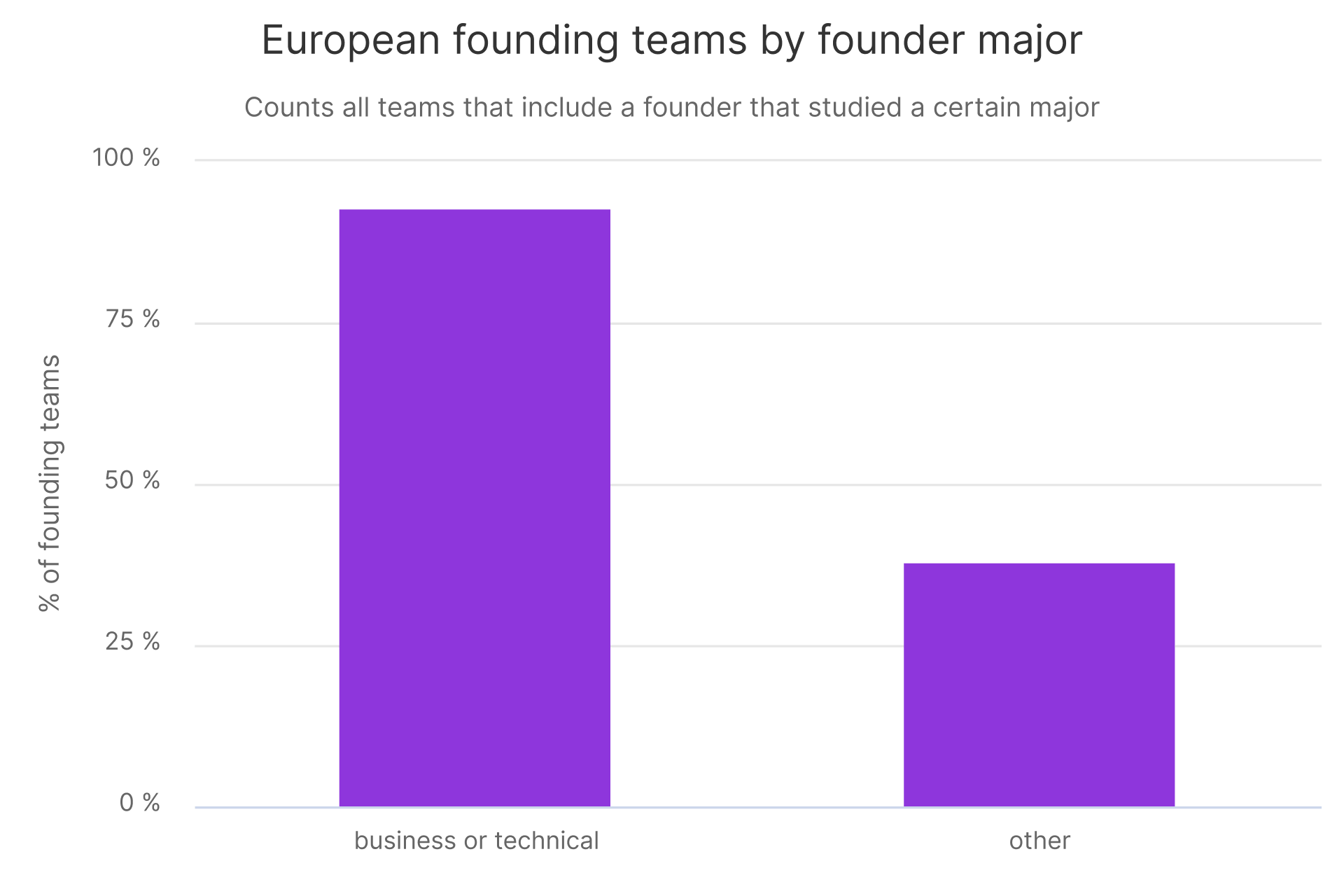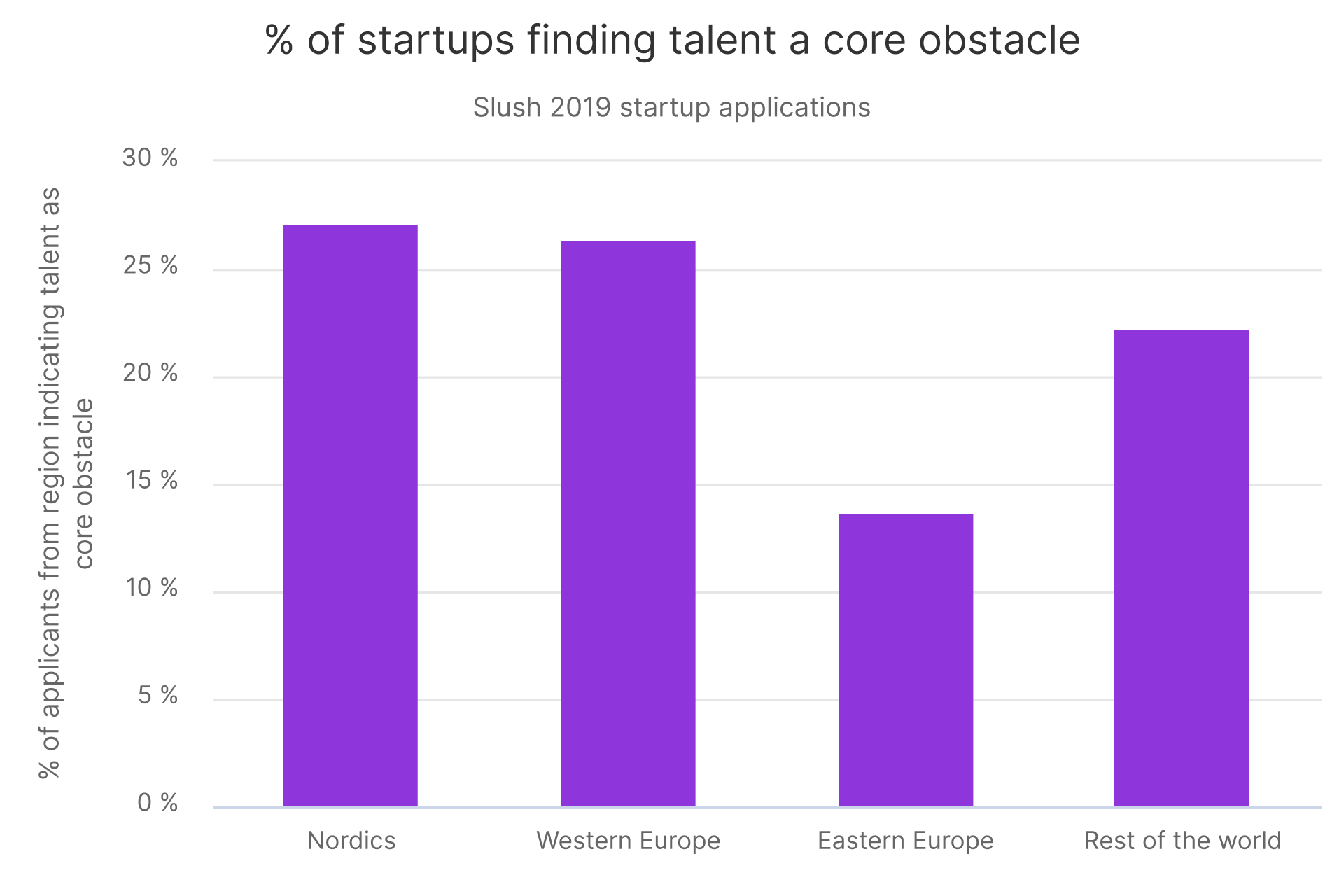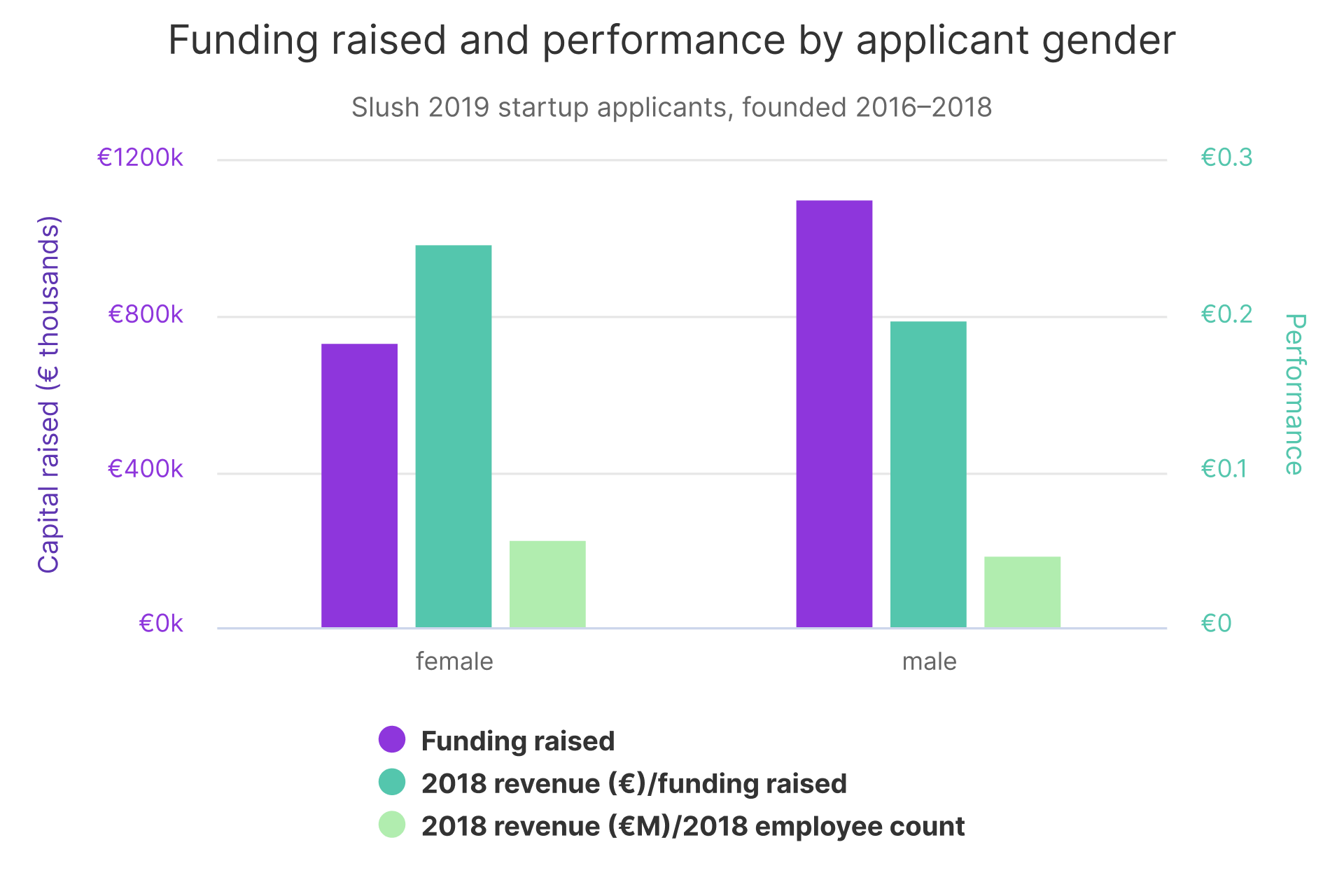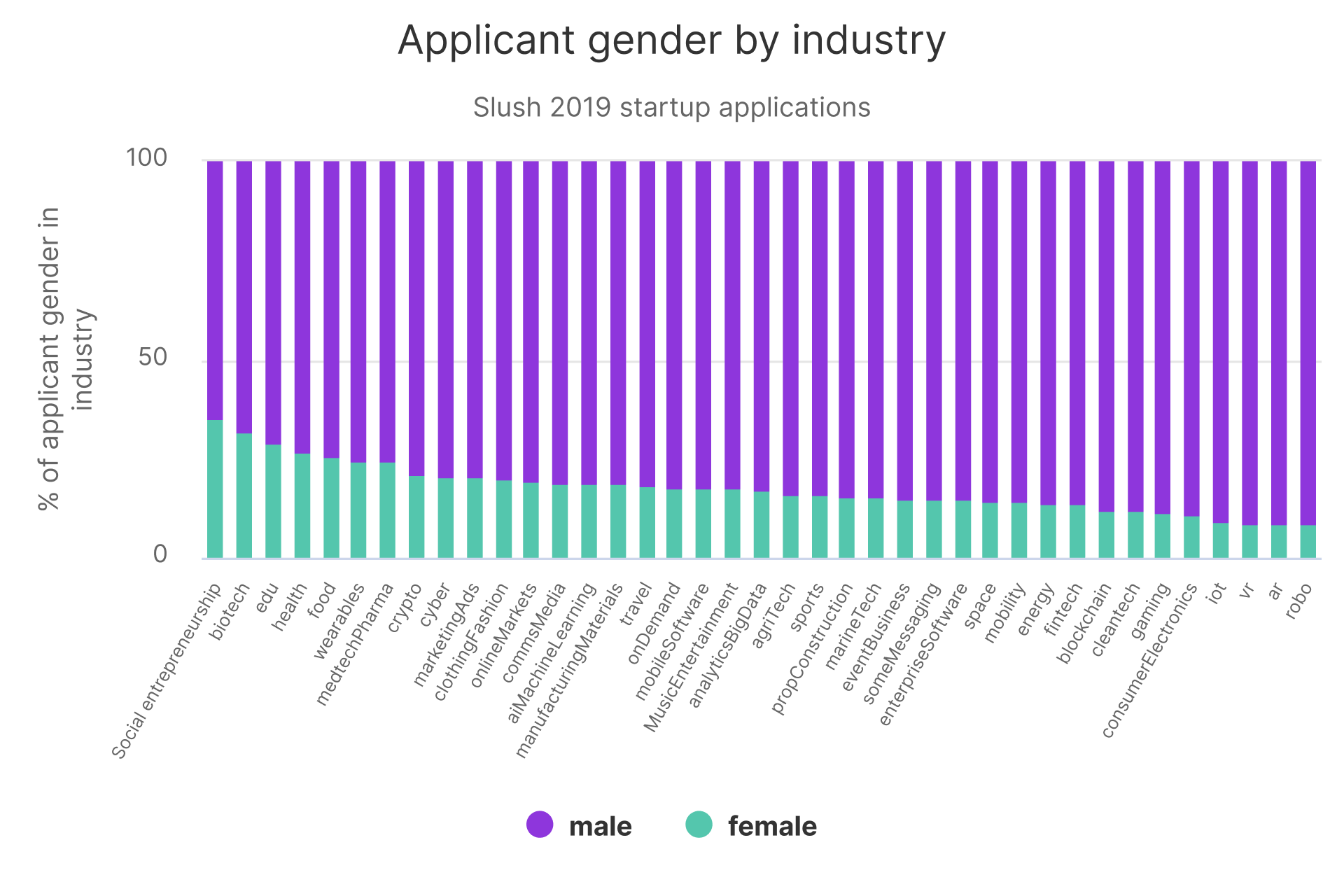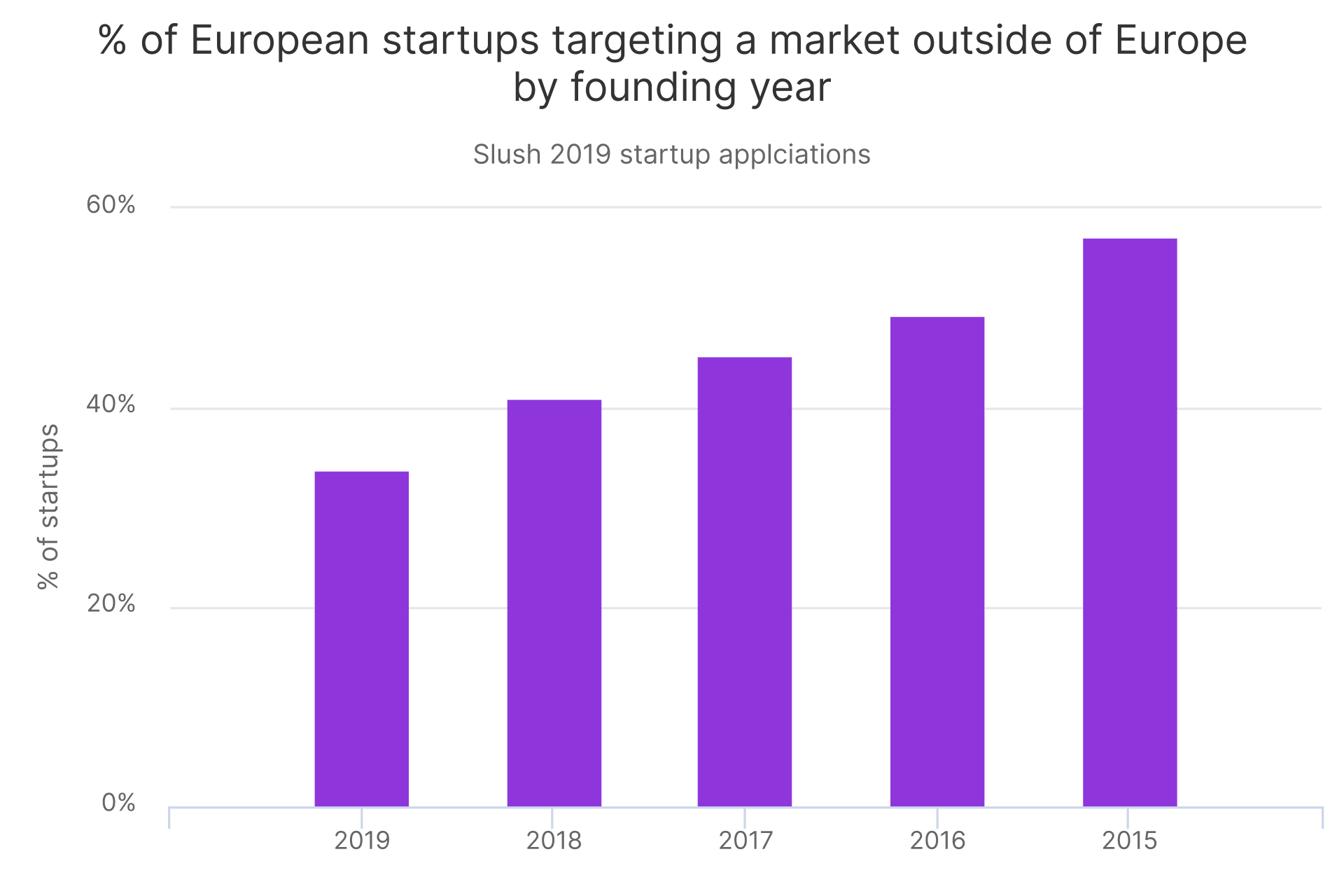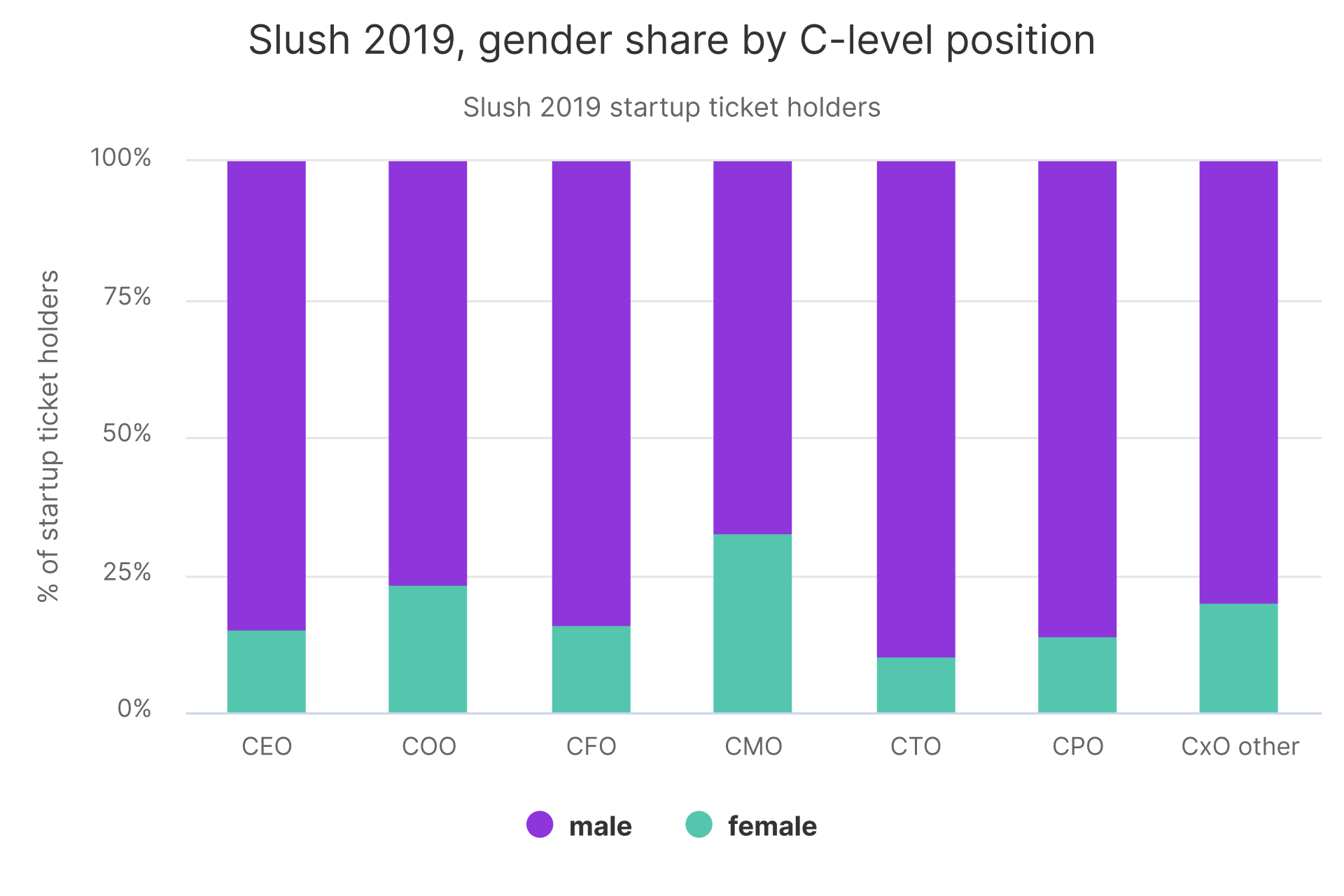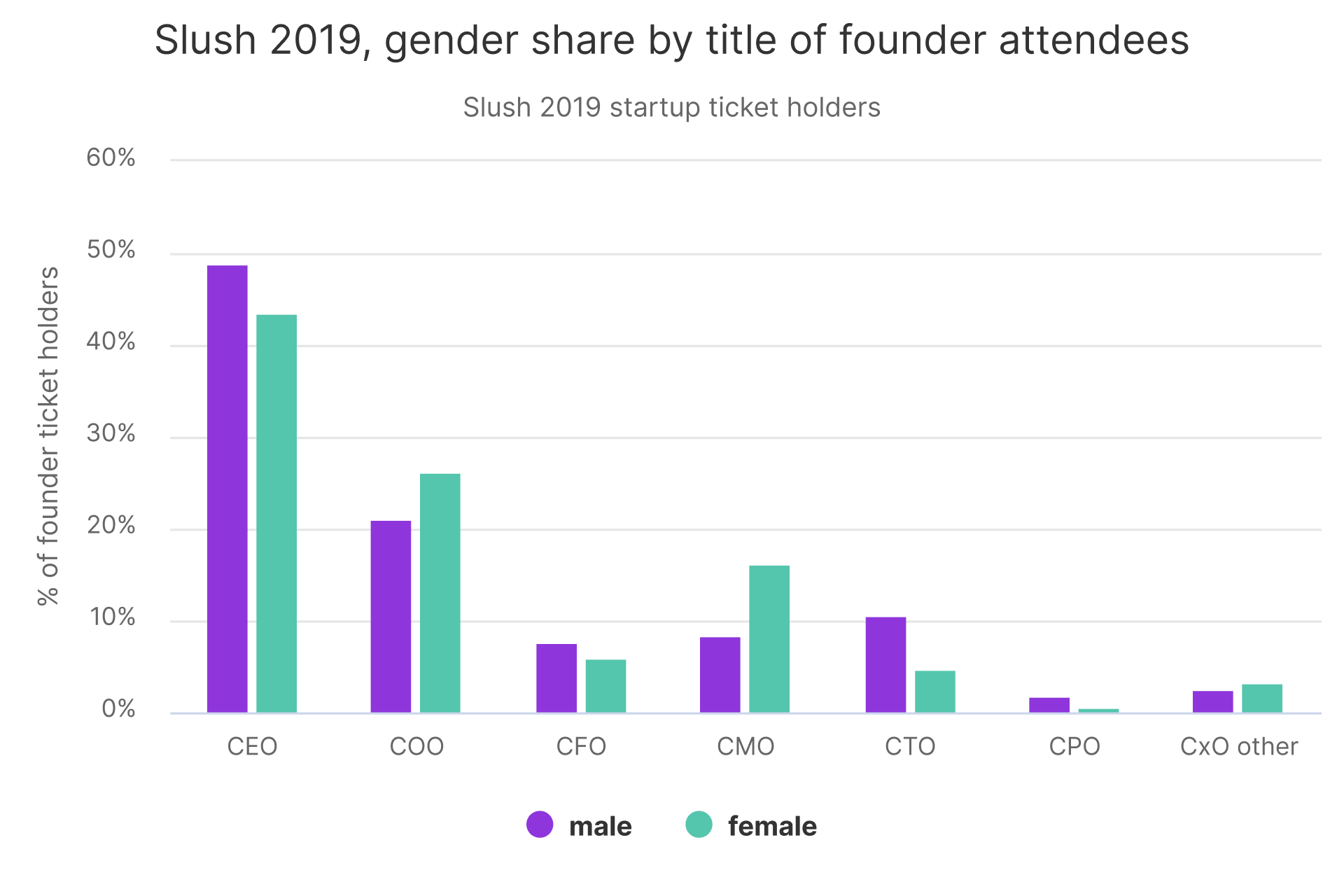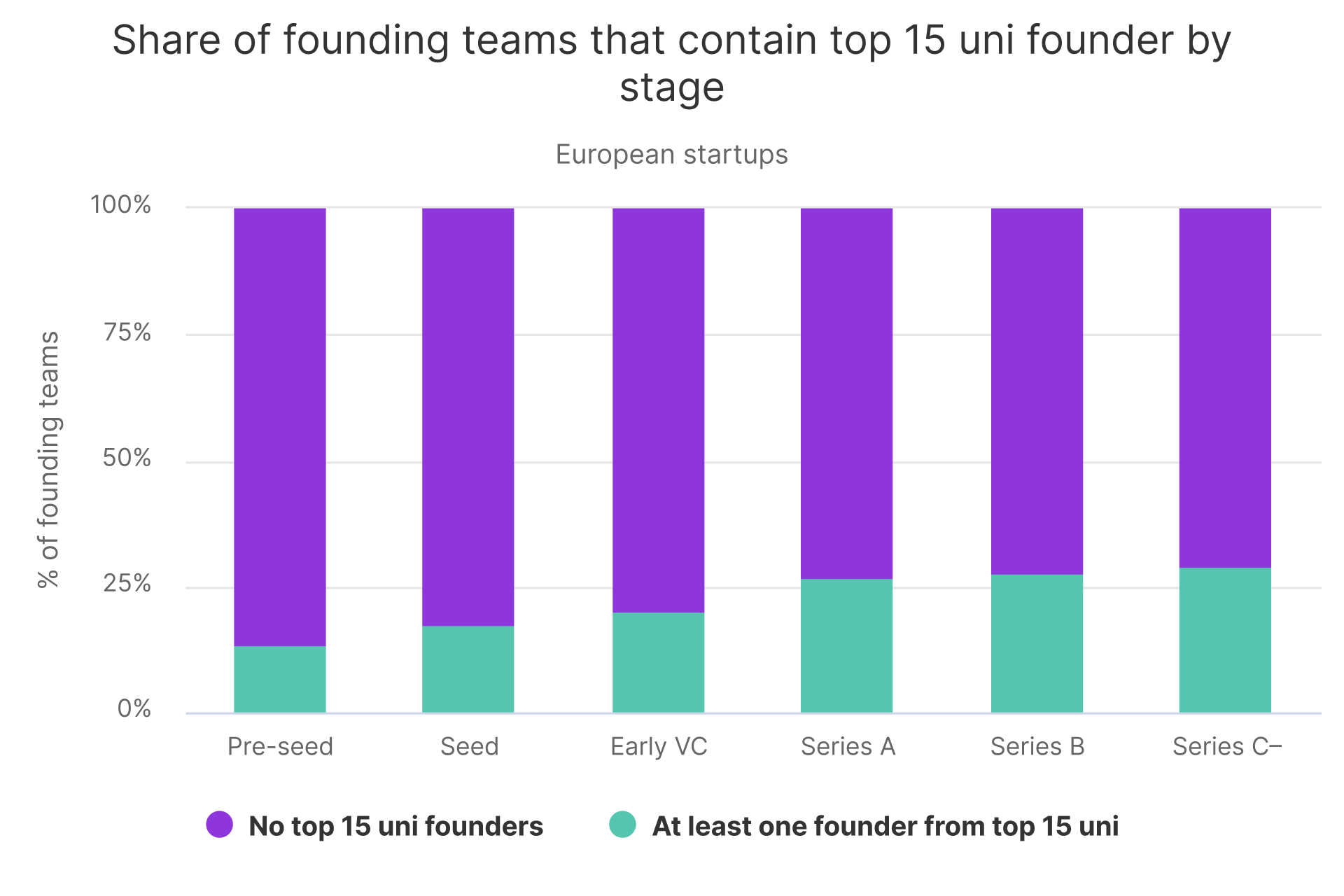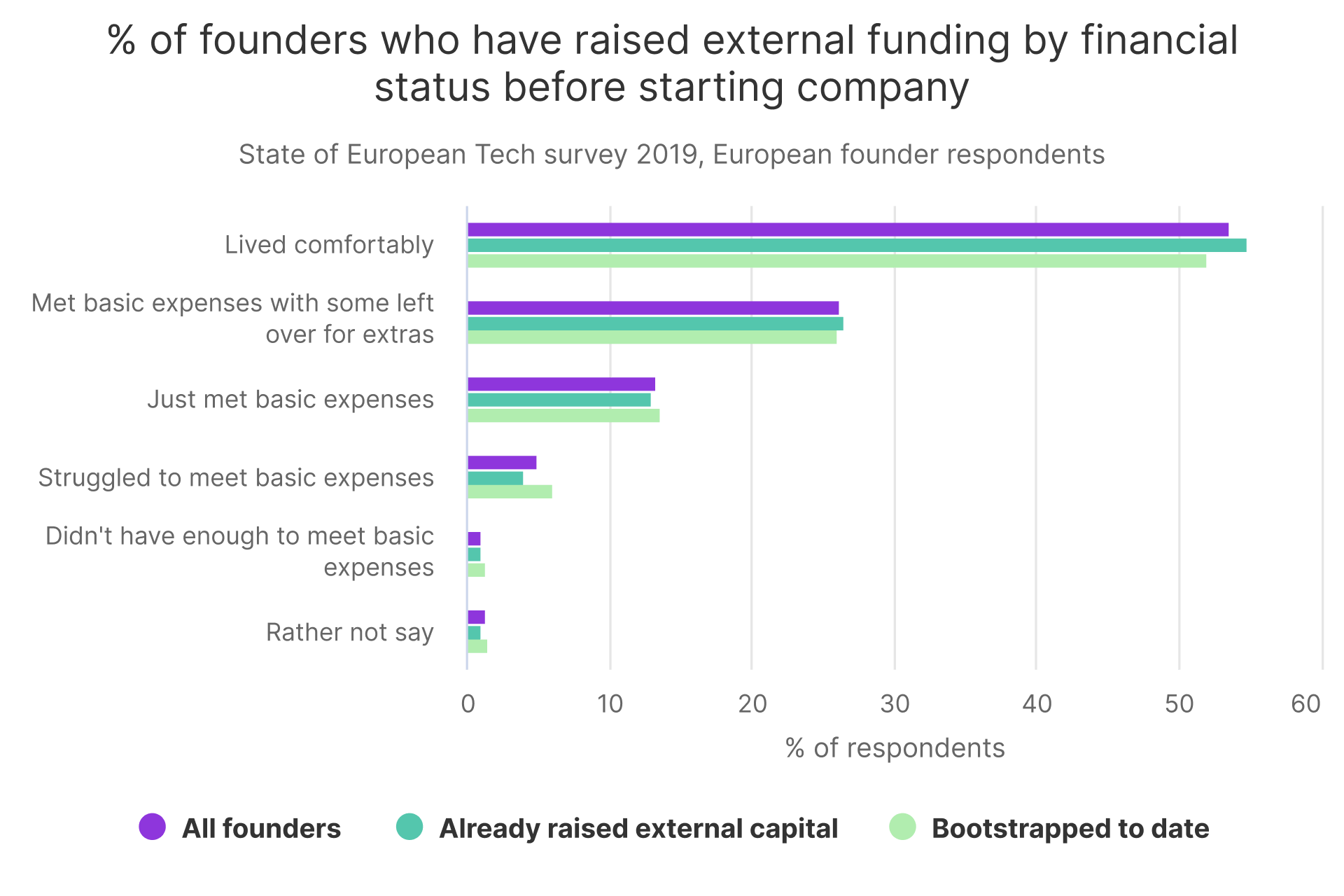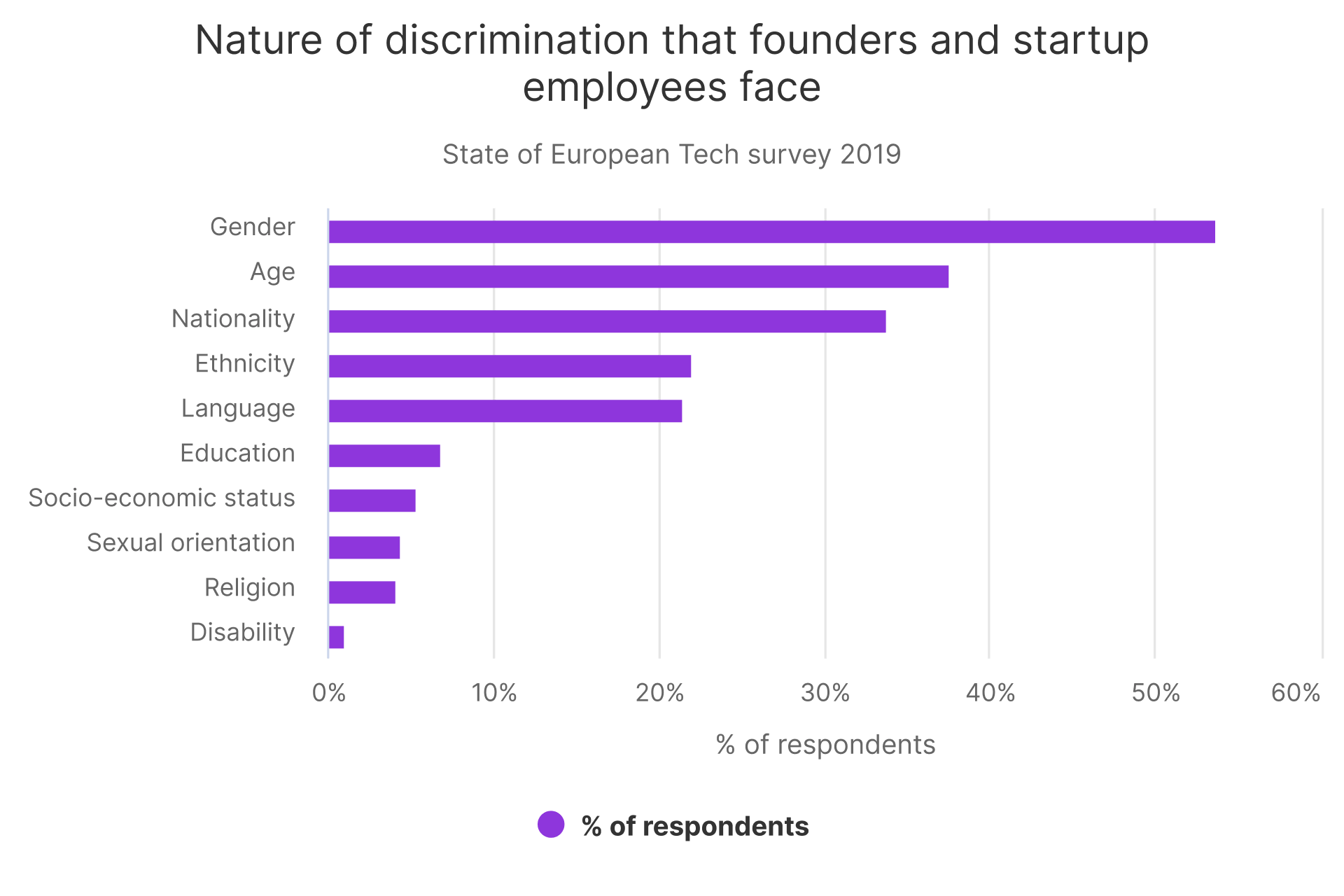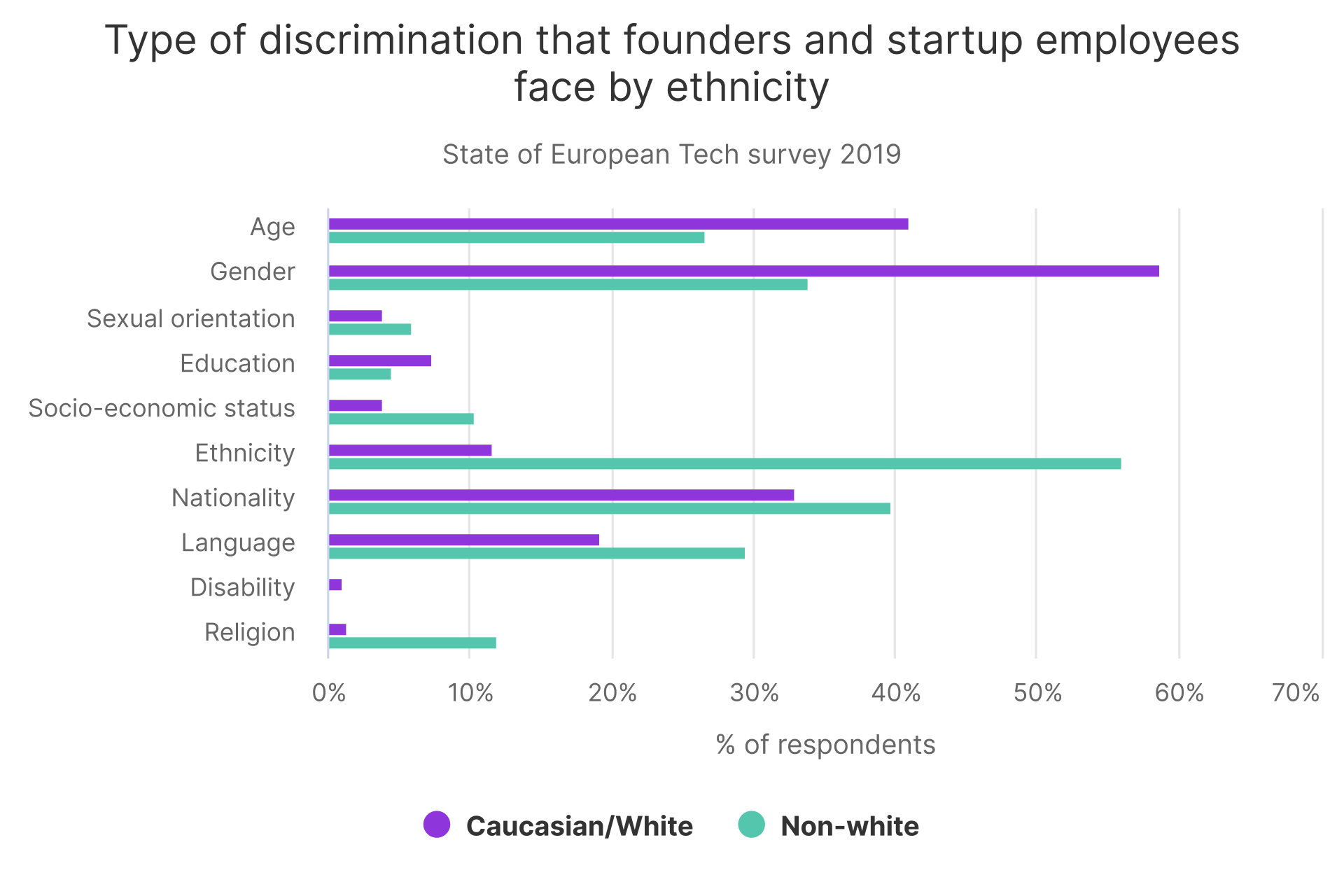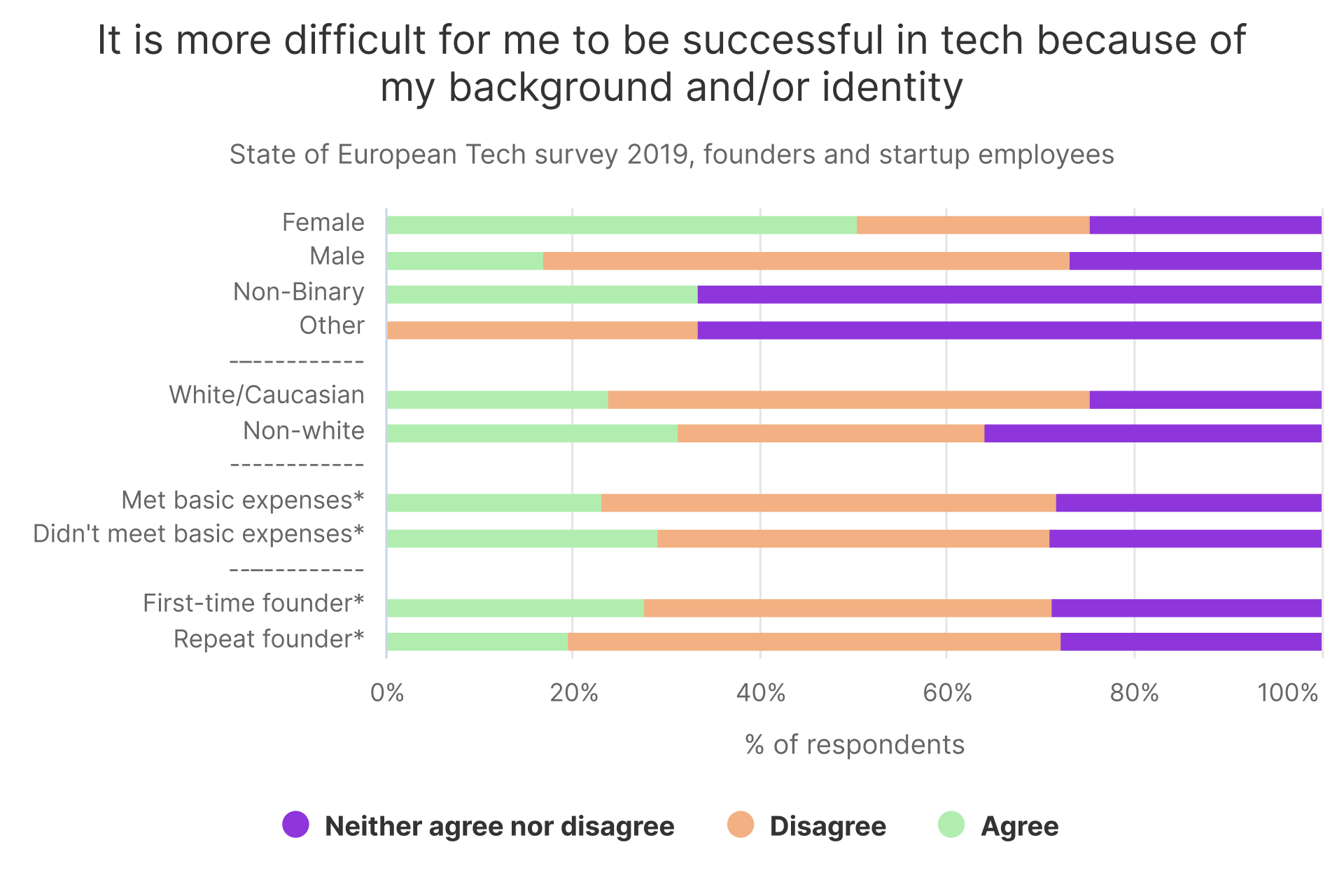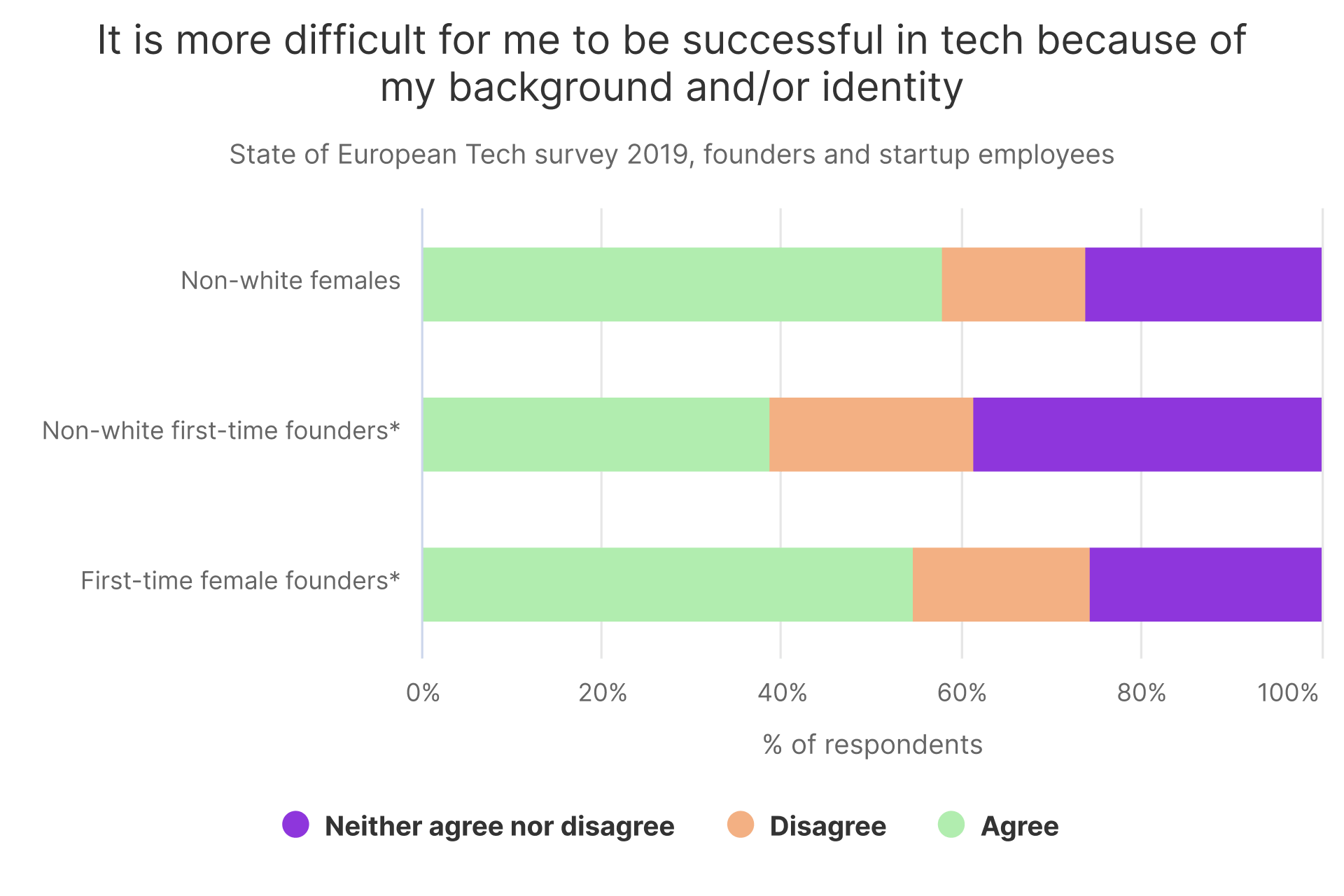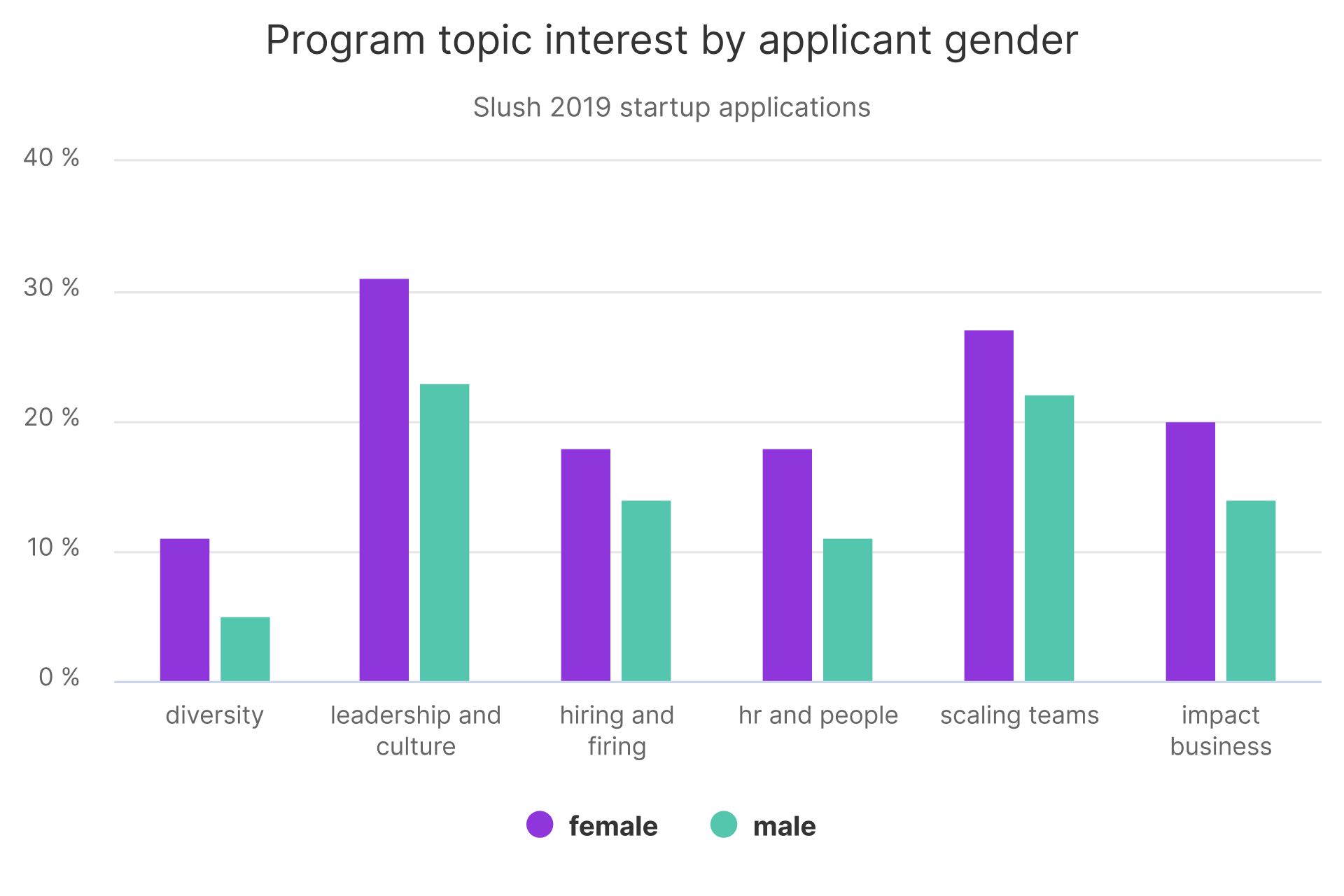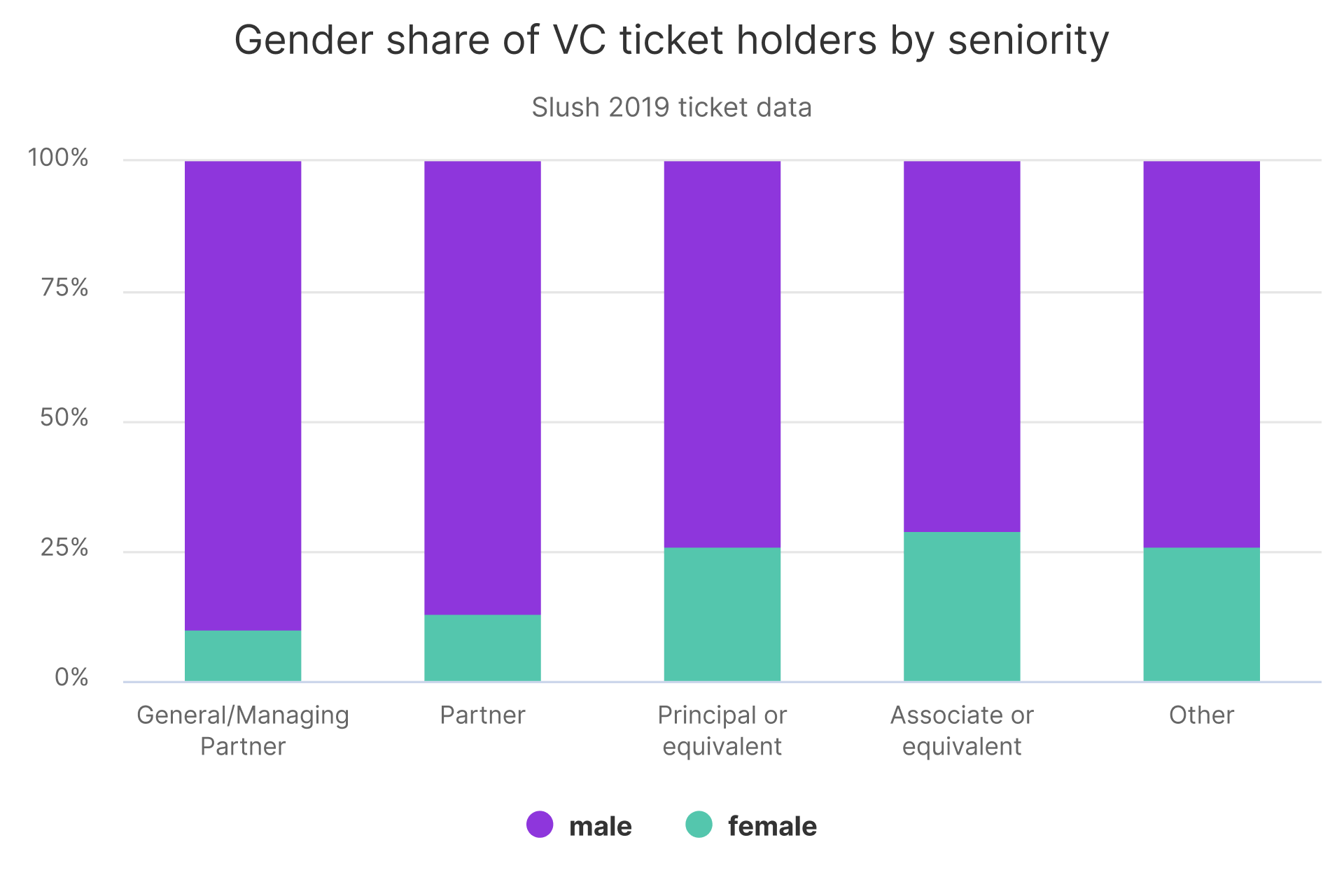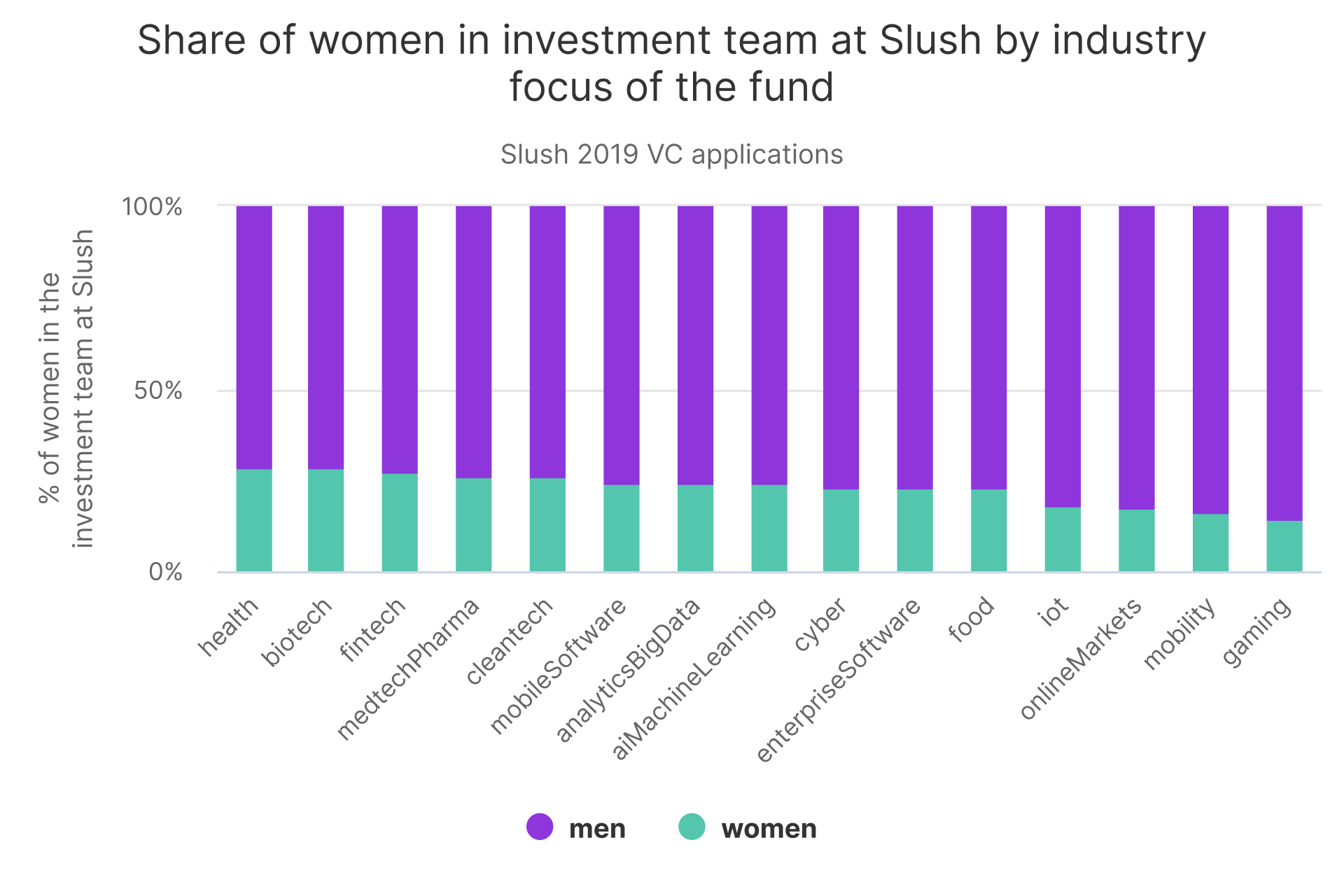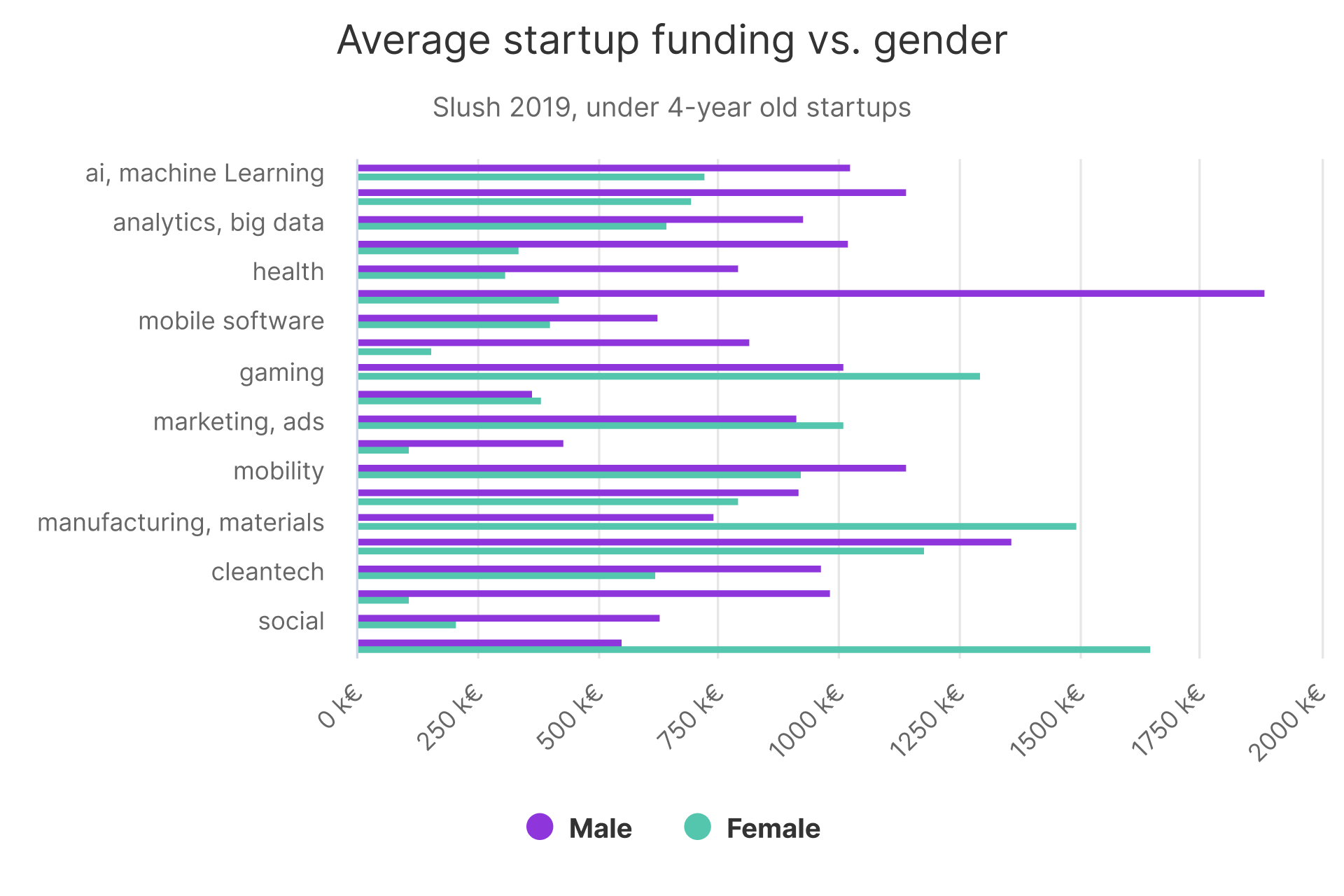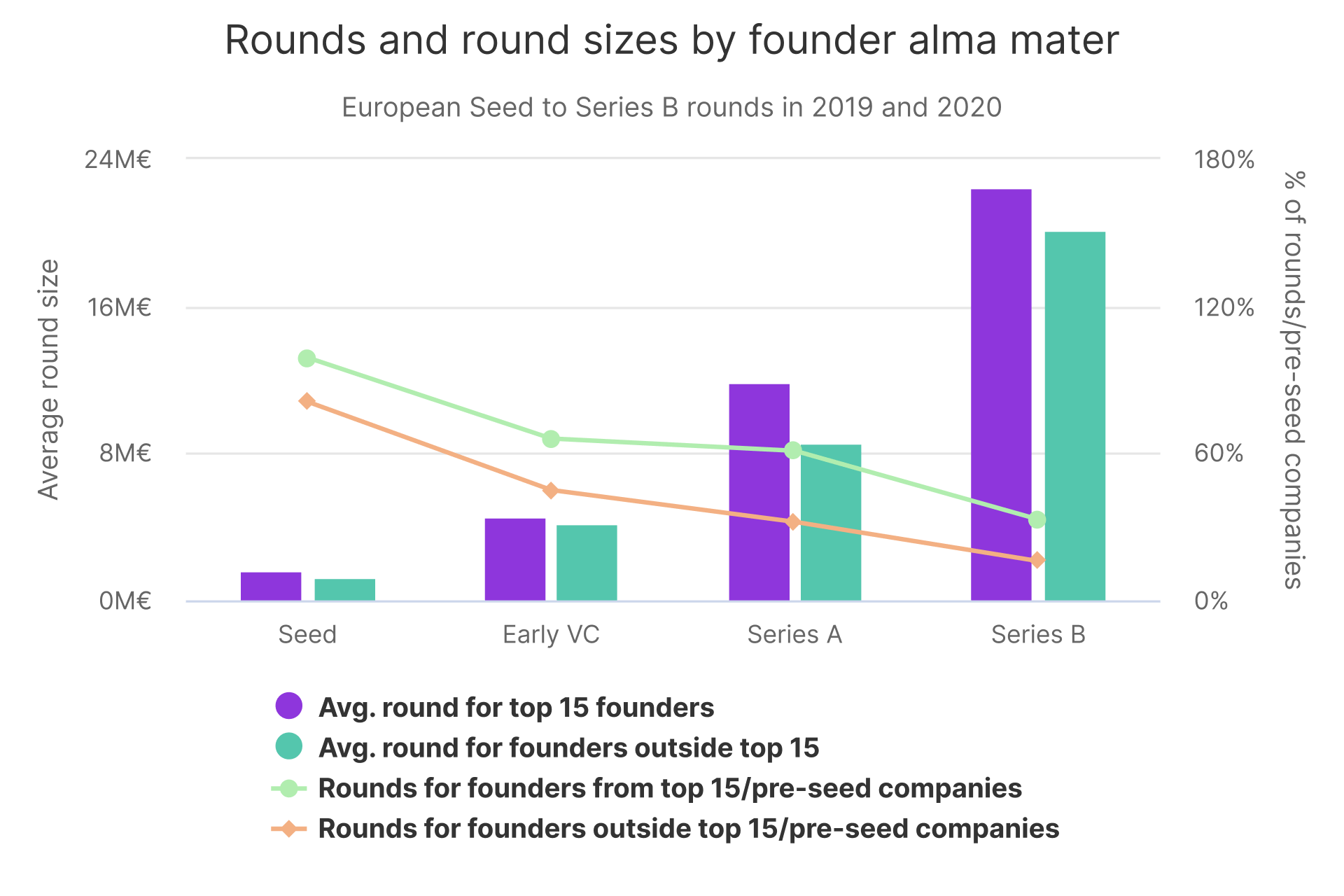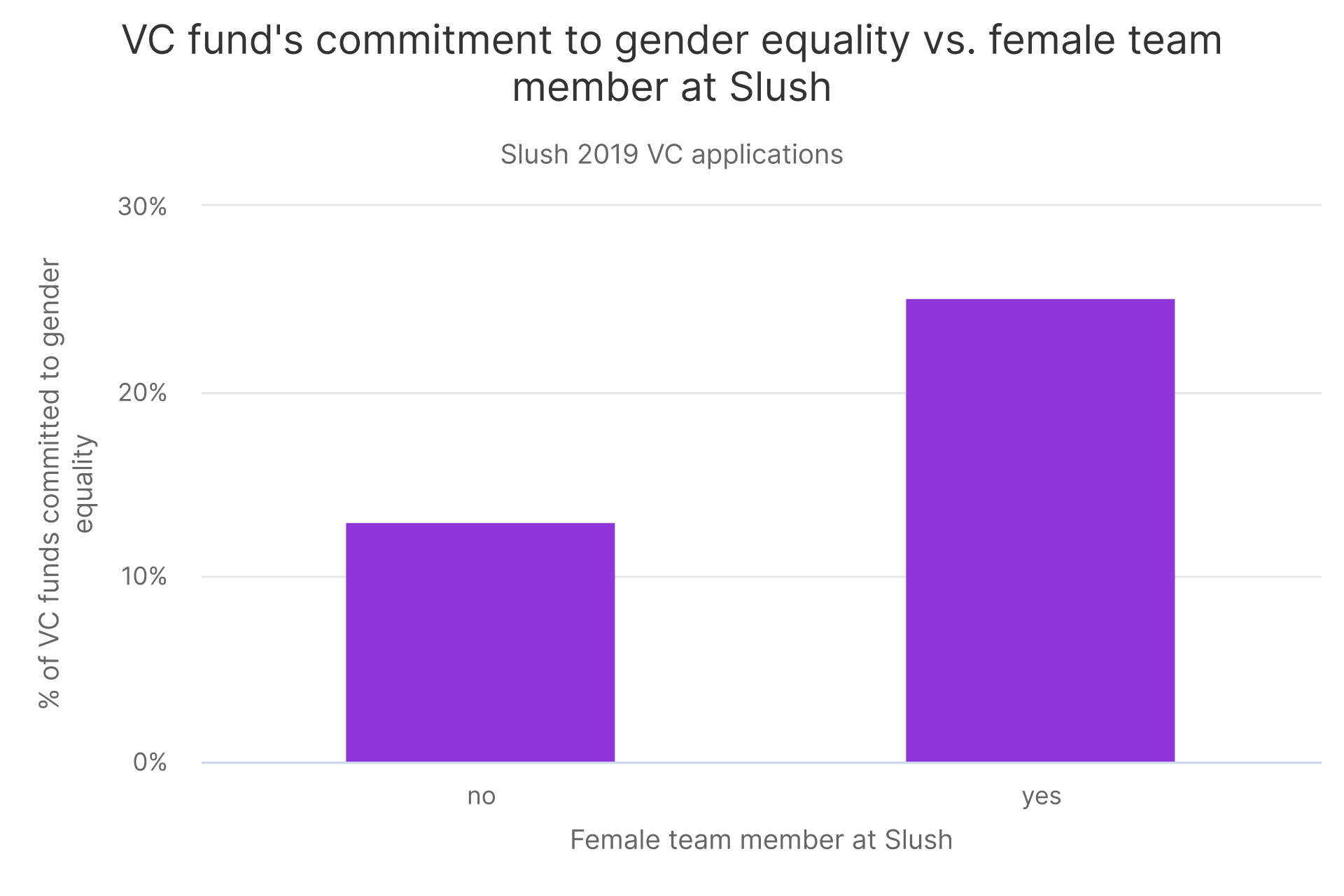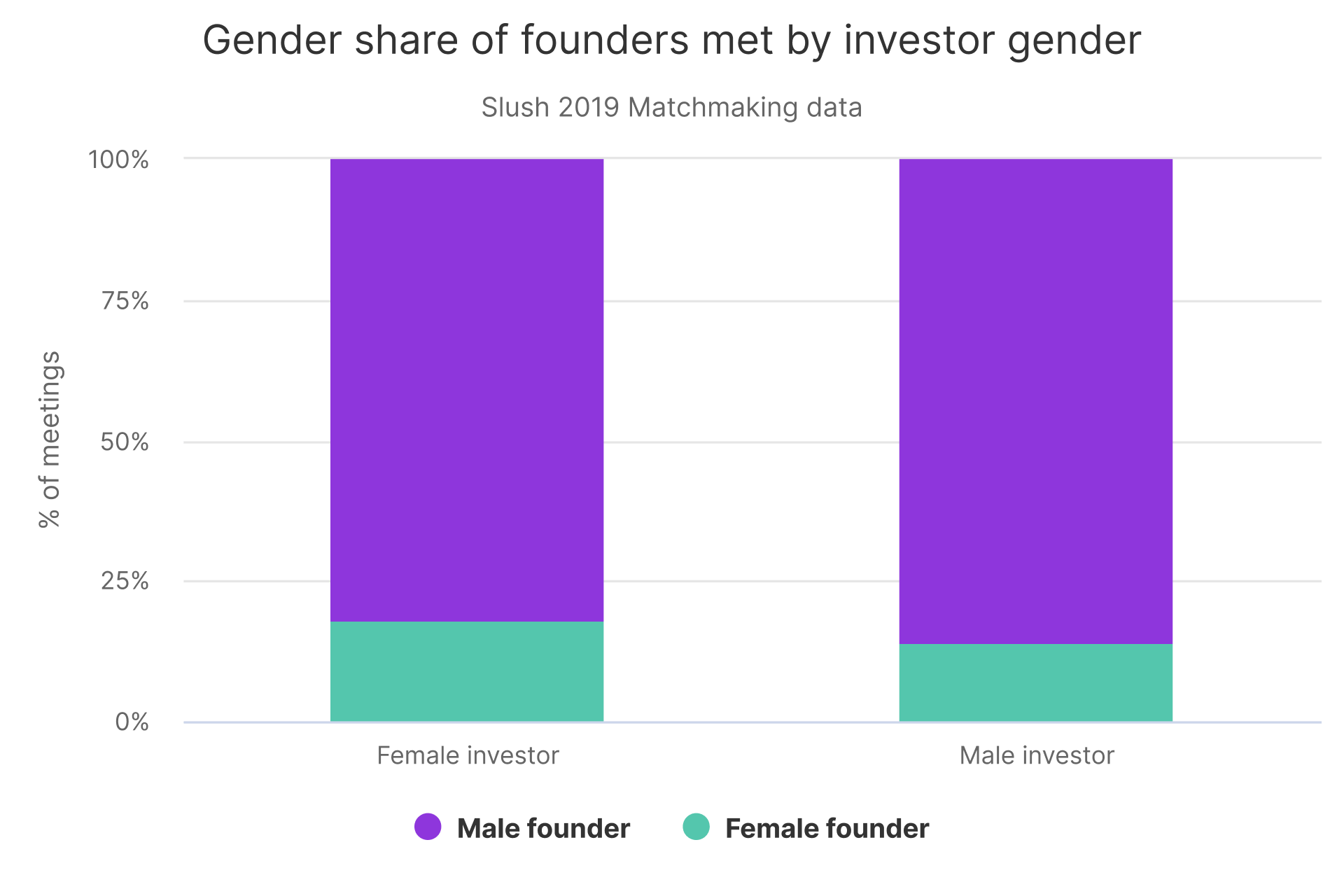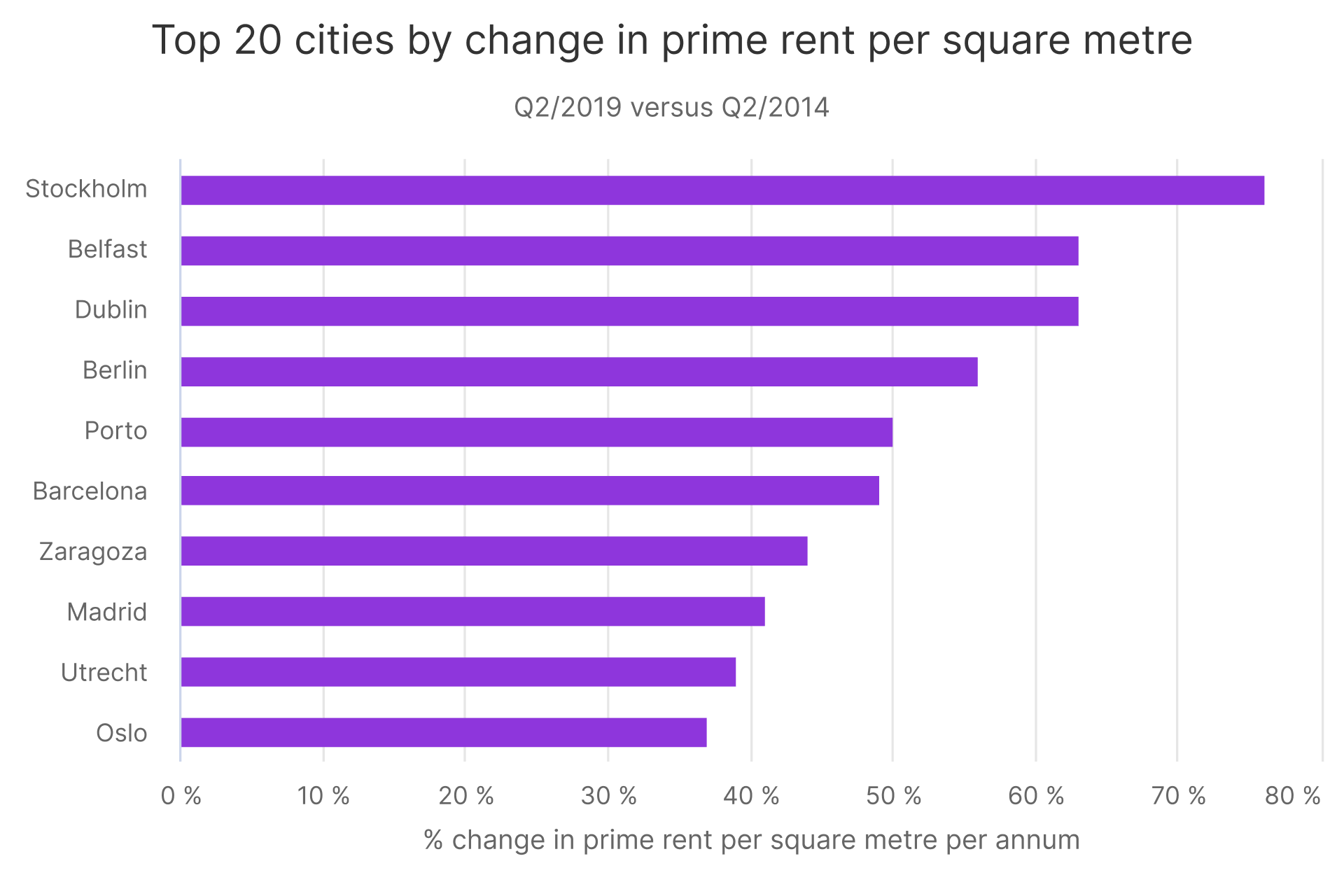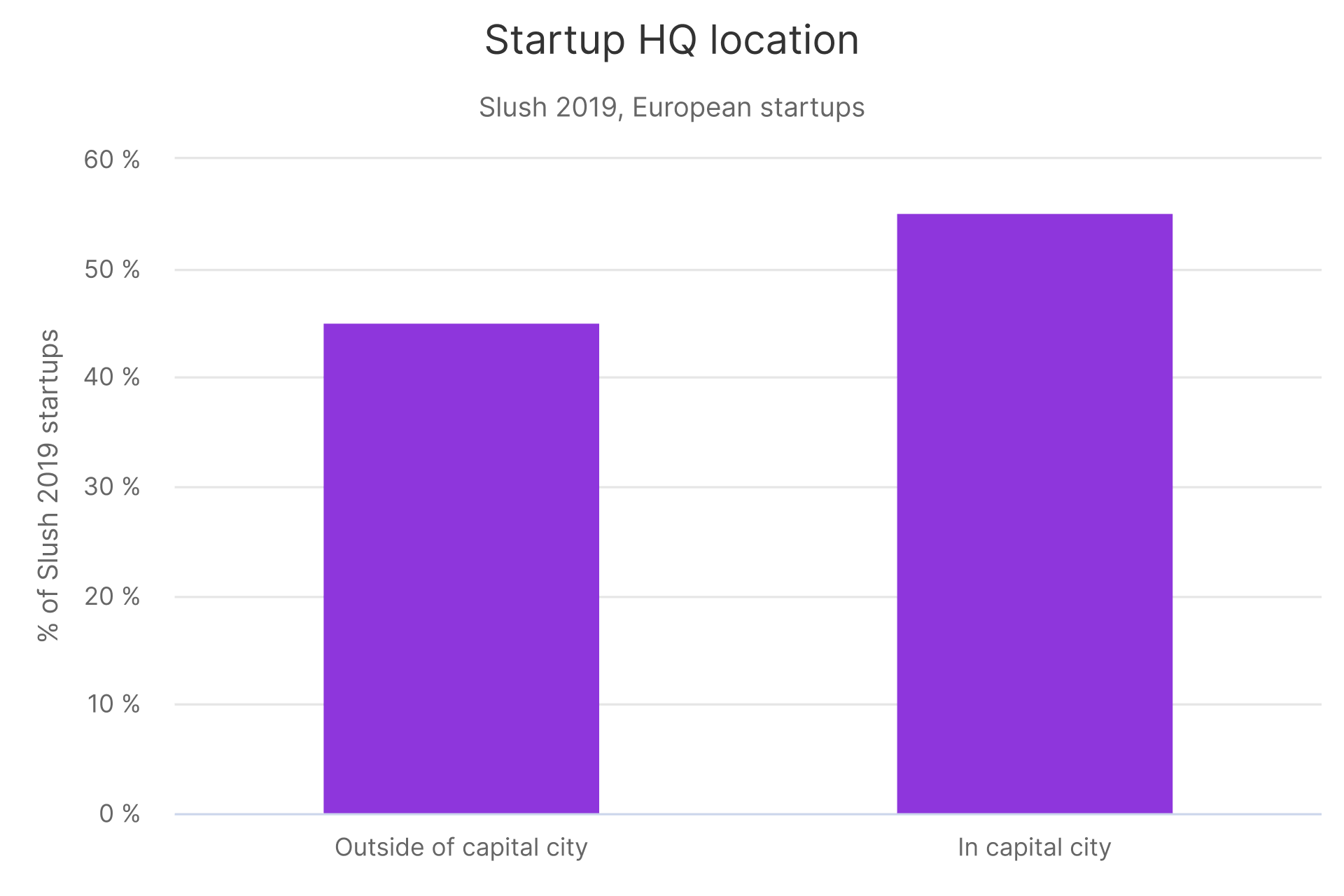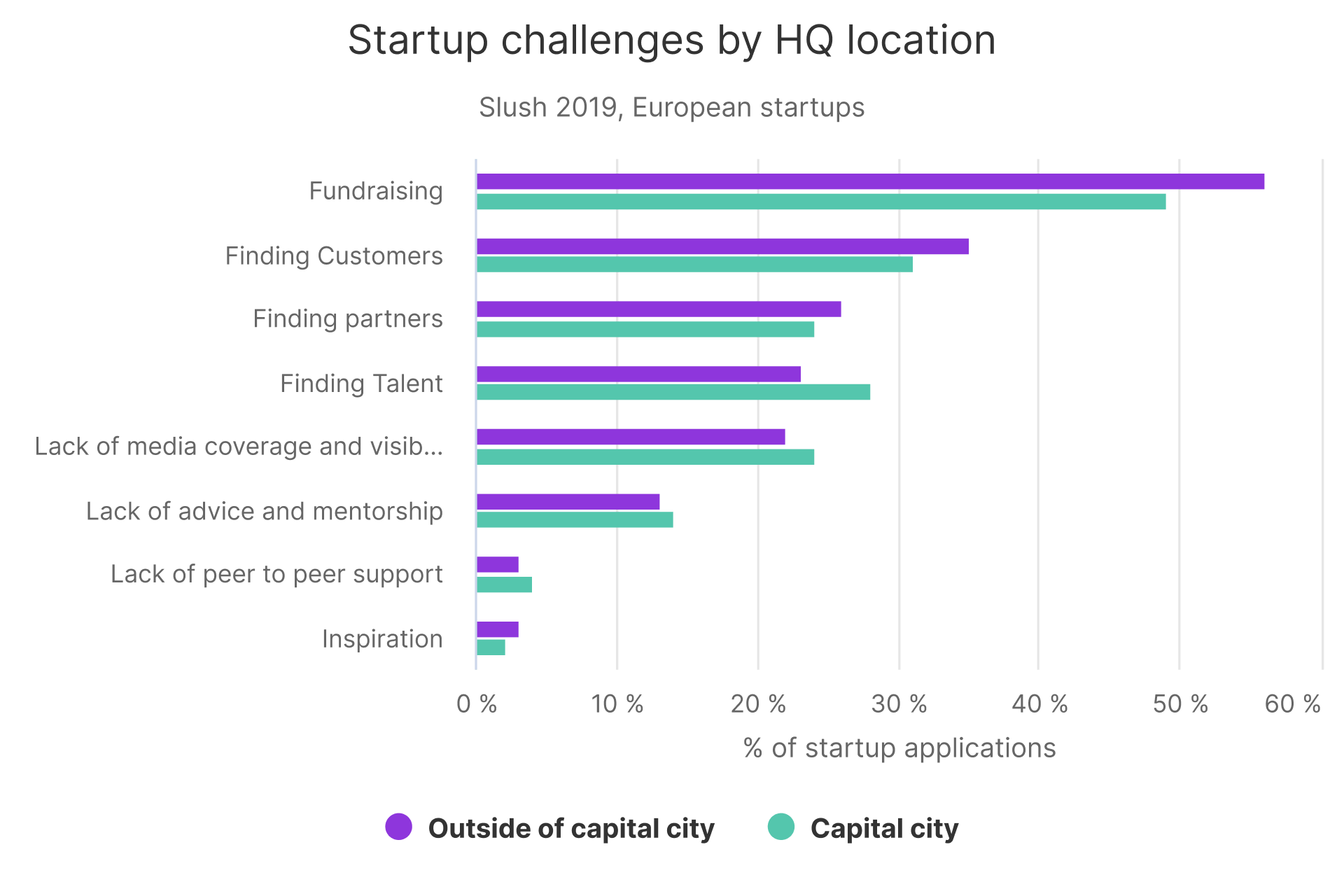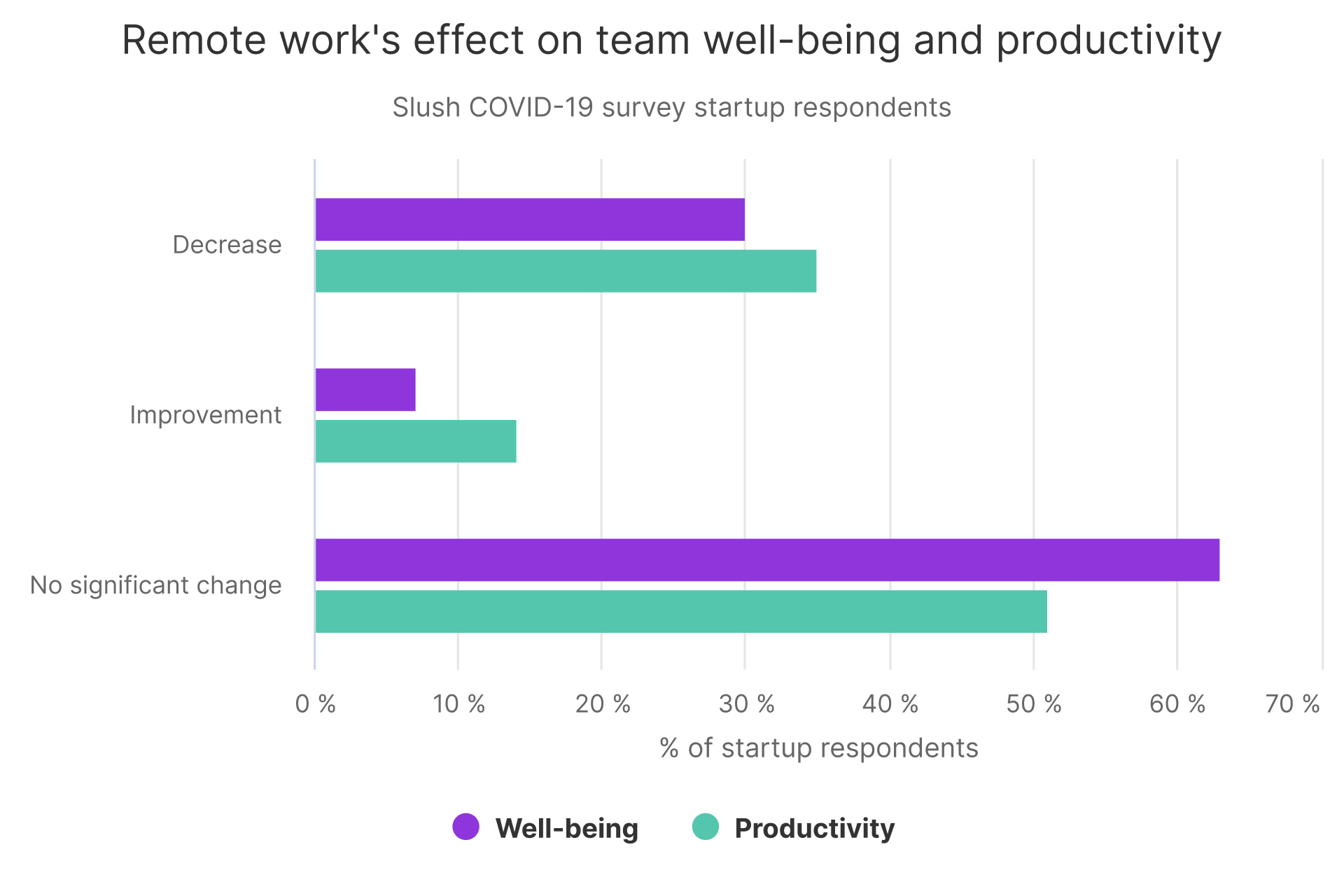In 2012, Ellen Pao, then a partner at the venture capital firm Kleiner Perkins (KPCB), filed a sexual discrimination lawsuit against her employer, as recounted by Wired. Five months later, she was fired from the firm. The case became highly public after Pao rejected several multi-million dollar out-of-court settlement offers and the case proceeded to trial, unlike many of its kind. Ultimately, the jury ruled in favor of KPCB on all four accounts.
However, the movement that Pao had started did not end there. In what has been titled ‘the Pao effect’, a number of women have since filed claims of discriminatory practices against today’s tech giants, as depicted in Fortune. Many more have spoken up.
In 2017, Susan Fowler, a former Uber engineer, accused the ride-hailing company of fostering a culture of pervasive sexism and harassment. Fowler’s blog post set in motion a remarkable series of events, as detailed by Vox. Eventually, the company’s illustrious founder-CEO Travis Kalanick was forced to resign.
“Do you feel that you have been personally affected by discrimination?”
“Oh yeah. I have so many stories. How much time do you have?”
– Founder
Importantly, harassment cases are only the most extreme manifestations of a much more pervasive culture, in which noninclusive practices are celebrated and discriminatory ones condoned.
Even Travis Kalanick didn’t intentionally set up his company to tolerate harassment. However, he did encode the behavioral models that led to it in the company’s DNA. Uber’s original, now infamous list of 14 corporate values included attributes such as always be hustlin’, toe-stepping and superpumped. When replacing these with a revised set of eight cultural norms, the company’s new CEO Dara Khosrowshahi wrote: “‘toe-stepping’ was meant to encourage employees to share their ideas regardless of their seniority […] but too often it was used as an excuse for being an asshole.”
As a result of this failure to make people from all walks of life feel welcome and safe, tech companies are losing out. In a 2014 study, the Centre for Talent Innovation found that female employees in the US leave tech at a 45% higher rate than men.
“I’ve seen a lot of startups that ended up creating quite a toxic culture. They hired a lot of the wrong people, or had the wrong type of management in place.”
– Founder
While international headlines have been dominated by the struggle with inclusion happening across the pond, there is no cause for complacency in Europe.
Only 38% of women and 51% of men responding to the State of European Tech survey in 2018 considered the European tech industry to be inclusive. Against such a bleak backdrop, it shouldn’t be surprising that 49% of female founder respondents to the 2019 survey, and 40% of all founders that belong to a minority ethnic group, reported having experienced discrimination while working in the industry in the past 12 months.
The survey also revealed that discrimination in European tech takes many forms. This underlines how a conversation focused solely on gender fails to account for many of the negative experiences that plague the ecosystem.


